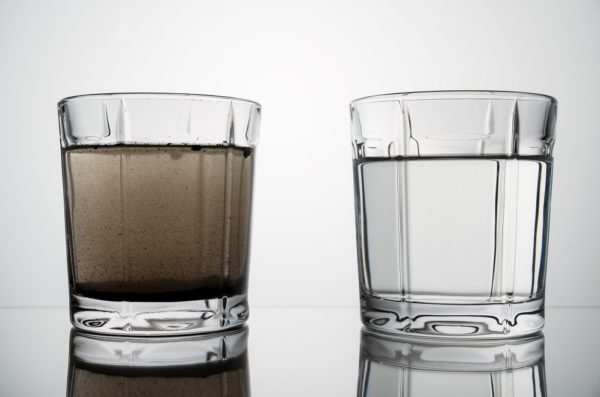A reverse osmosis unit is a no-brainer these days however we think that live-aboard yachts are missing an important step.
Reverse osmosis should remove pretty well everything (well, except the H and and the O). This includes removing the minerals you’d normally drink. Removing the sodium loses the good salty taste, magnesium the bitter part and calcium the slight milky taste. Put these back together with a bunch of lesser minerals and we get the water taste we are used to. Take them away and water doesn’t taste of much, more importantly it doesn’t seem to hydrate as well.
According to The World Health Organisation, demineralised water pulls important minerals from our food which we then urinate out without absorbing. In cooking the minerals are drawn out of the food we are preparing then, in the case of boiling, thrown away. WHO show that 60-70% of a food minerals can be lost and state this has a ‘definite adverse influence on the animal and human organism’.
What you need is to fit a remineralisation filter (swap the s for a z in the States ;-). These are relatively inexpensive, can sit under the galley sink and dynamically improve your water, both in taste and health benefits. Keep some cold in the fridge and there’s absolutely no need to buy bottled water.
Lastly, if you have a slow tank turnover then also consider combating what might be growing in your dark, tropically warm water tank. A carbon filter under the sink, even a UV filter should keep things safe.
TOP TIP: If you are tempted to put dock water in the tank you’ll need filters to remove impurities, you’ll also need to remove chlorine. When self cleaning a water-maker back-flushes using tank water. Few things will shorten the life of an expensive RO membrane than chlorine. Charcoal carbon filters are most effective at removing chlorine, particles such as sediment, volatile organic compounds (VOCs), taste and odor.
Need to know more? Drop us a line. We love to talk about boats.






